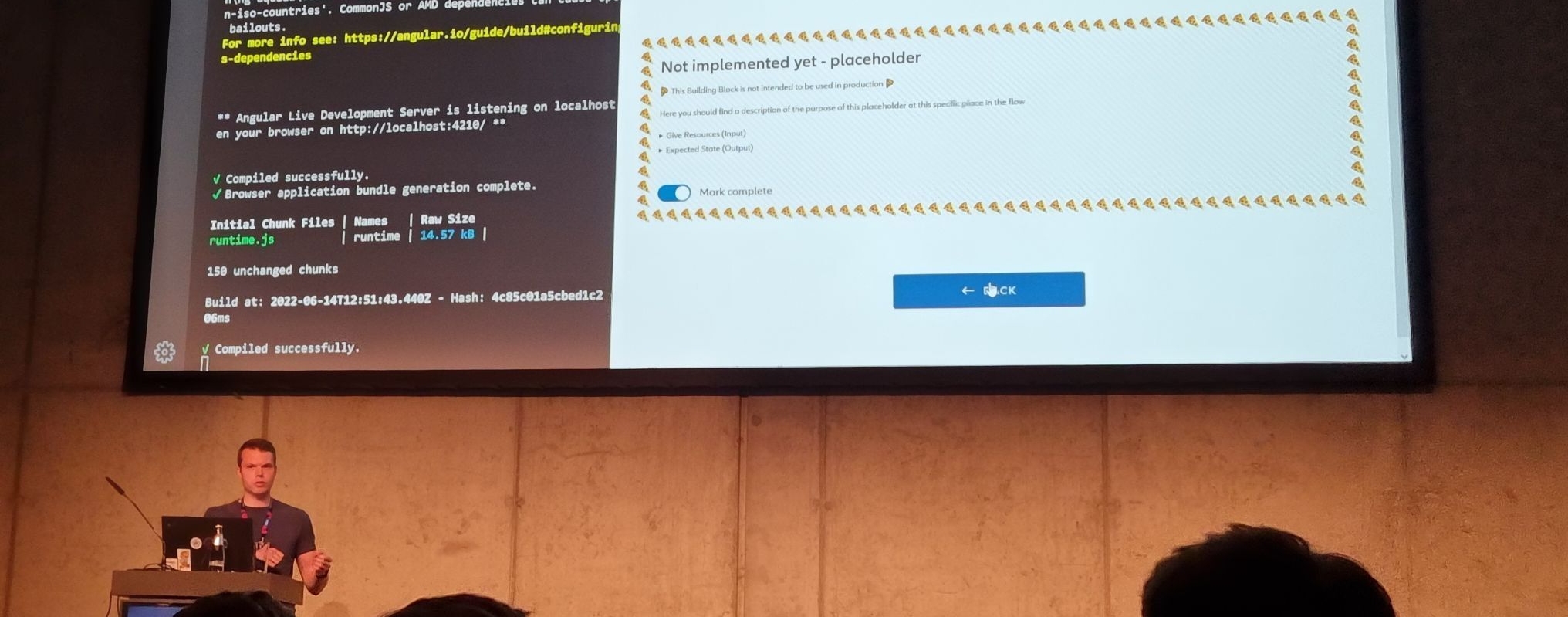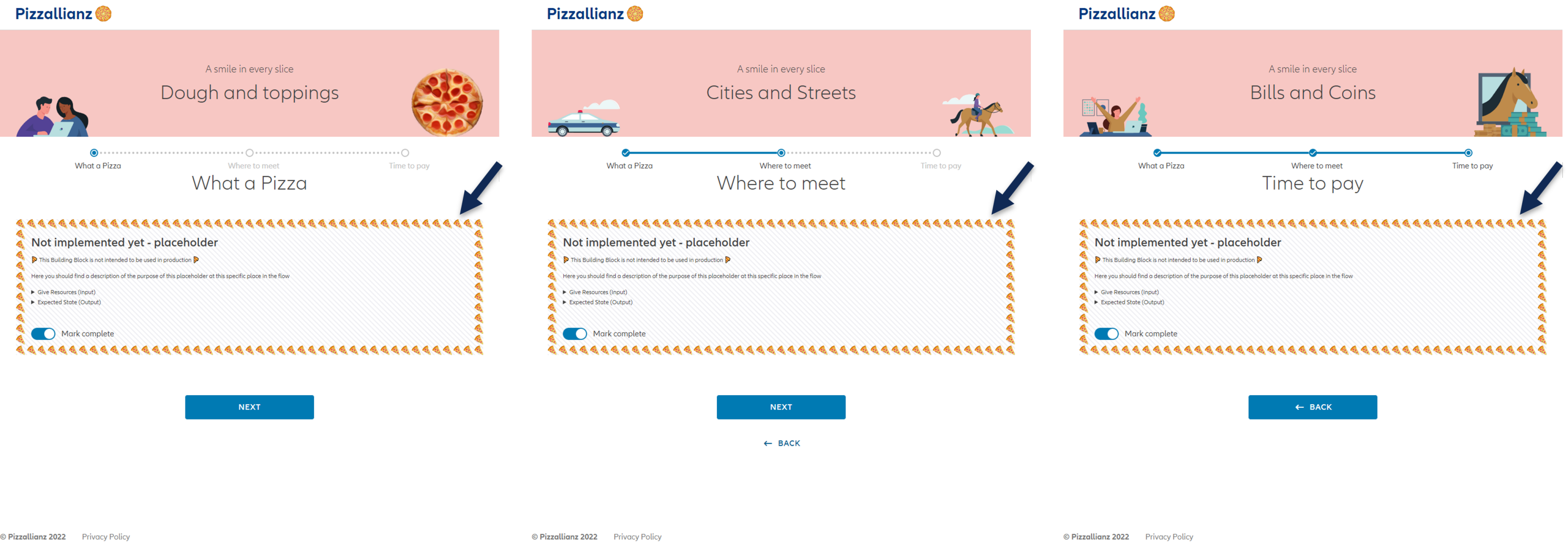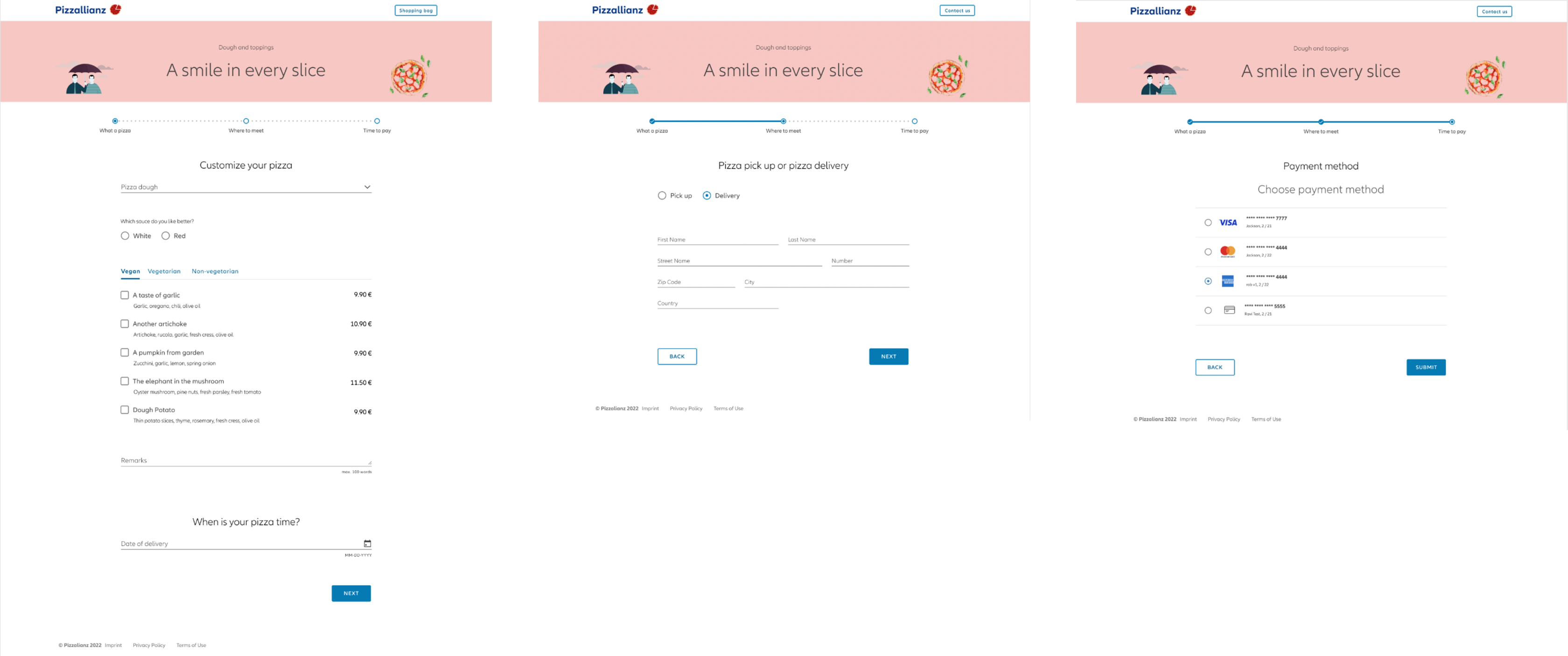At Allianz, we sell insurance products and provide claims services all around the world. Whenever we define a new insurance product, the process of implementing and rolling out the respective Quote & Buy and First Notice of Loss (FNOL) online application is usually costly and takes many months.
Because when you want to build a Quote & Buy or FNOL journey, there are a lot of things to consider. You want to implement it in an accessible way and set up different capabilities like tracking, logging, monitoring and of course security. And if you start from scratch for a journey, things get more complicated. It will take time, effort and financial resources to find the best flow in terms of design and user experience. And after everything, when the frontend is ready to go live, there is a backend to consider. Later, you will repeat the same process for every new journey again and again which is not sustainable or efficient. A centralized reusable user journey platform can save the day by simply generating locally customized and branded user journeys. Of course, the system needs to be user-friendly, and the functionality should be so simple that even non-developer employees can use it.
To become fast and much more cost-efficient, we are working to provide a platform in which you can do two things. First, build a Master Journey for a Master Insurance Product, that is what our global teams are doing. Second, configure this master journey to your local market.
This low-code approach allows us to create localized journeys from the global master journey through pure configuration.
Of course, in some cases, this is not enough. If you need to integrate a local license plate Database you will need a local Building Block, which you can simply swap for the global one. This is fine; however, our target is that the global code base stays above 80% for each localized journey. This way we can reach the target of 2-10x more efficiently with journey rollouts together.



